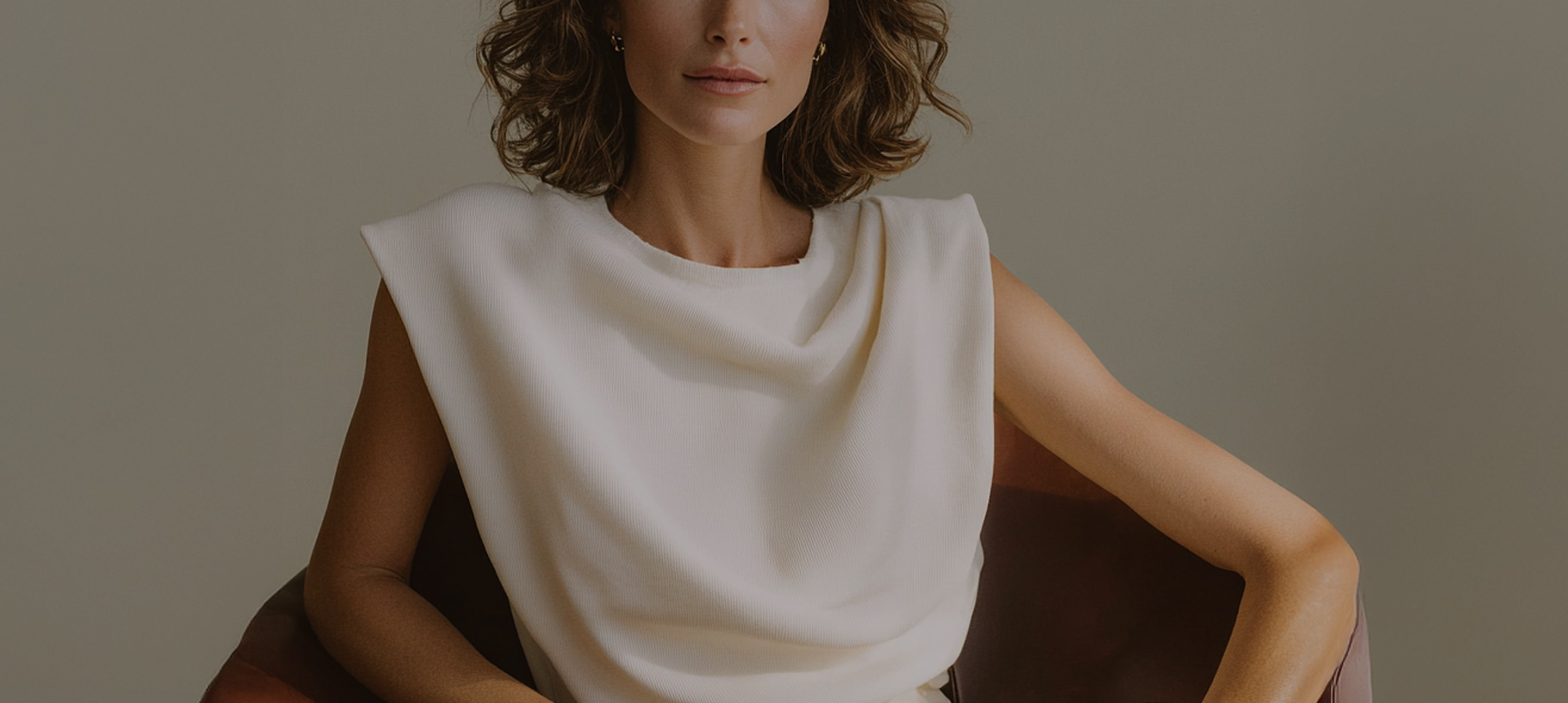
Swelling is one of the most common—and most misunderstood—aspects of rhinoplasty recovery. Whether you’ve chosen surgery for aesthetic refinement or functional correction, knowing what to expect at each stage of healing helps you stay patient and confident as your results unfold.
At iQonic Aesthetics London, our surgeons guide patients through every phase of the process, supported by real-time updates through the Adoreal app. This blog explains the stages of swelling after rhinoplasty, what’s normal, and how to help your body heal beautifully.
During rhinoplasty, delicate bone and cartilage structures are reshaped to improve form and function. This controlled surgical trauma temporarily triggers inflammation—the body’s natural healing response.
In the first few weeks, blood vessels and lymphatic channels are adjusting, which leads to swelling and minor bruising. Although it’s a normal part of recovery, swelling can vary depending on factors such as:
The good news? Most of the swelling resolves within weeks, while the final refinement gradually appears over the following months.
Healing after rhinoplasty follows a predictable pattern, though it can differ slightly from person to person.
Immediately after surgery, swelling peaks within the first 48–72 hours. The nose may appear larger, and mild bruising around the eyes is common. A splint or dressing is usually in place to protect your new nasal structure.
Cold compresses, head elevation, and rest during this time are essential to reduce inflammation. Avoid bending forward or applying pressure to the nose.
By the second week, bruising fades and the majority of facial swelling subsides, especially around the eyes and cheeks. The splint is typically removed after about seven days, revealing the new nasal contour—although it may still look slightly puffy.
Patients often feel confident returning to work or social activities around this point, even though the tip and bridge remain a little swollen.
Most of the noticeable swelling has settled, and the nose begins to refine. The skin adjusts to the new shape, and breathing improves if internal corrections were performed. Light exercise can usually resume at this stage, but avoid strenuous activities and heavy lifting to prevent increased pressure or swelling.
The healing process continues beneath the surface. Subtle swelling in the nasal tip may still be present, particularly in thicker skin types. The bridge and overall profile appear smoother and more defined.
At iQonic, we use ultrasound-guided check-ups during this phase to ensure tissues are healing symmetrically and to identify any areas that need extra support or scar management.
True rhinoplasty results take time. By the 6–12 month mark, the final nasal contour emerges, with tip definition fully refined and residual swelling gone. In open rhinoplasty, this final settling can take slightly longer due to the extended dissection area.
The wait is worth it—your result becomes increasingly natural as the nose softens and integrates with your facial proportions.
While swelling is unavoidable, smart aftercare can speed healing and improve comfort.
Patients using the Adoreal app receive daily recovery reminders, progress tracking, and 24/7 access to our medical team for peace of mind during each stage.
Swelling after rhinoplasty is normal—but it should gradually improve over time. You should contact your clinic if you experience:
These signs could indicate infection or delayed healing, both of which require professional assessment. Early follow-up ensures quick resolution and optimal results.
Patience is key. It’s natural to experience moments of doubt in the early stages when swelling temporarily distorts the appearance of your nose. Remember that this is part of the process, not the final outcome.
At iQonic Aesthetics, we emphasise transparent education before surgery, so every patient understands what to expect during recovery. The Adoreal system also offers digital tracking and reassurance, helping you stay confident through every stage.
Rhinoplasty is as much a journey of transformation as it is of healing. Swelling is simply your body’s way of adjusting to its refined structure. With expert care, patience, and meticulous follow-up, your final result will look beautifully natural and feel like it has always belonged.
At iQonic Aesthetics London, our surgeons specialise in advanced, minimally invasive rhinoplasty techniques designed to minimise trauma, shorten downtime, and enhance precision.
Book your consultation today to begin your journey towards effortless breathing, refined beauty, and confidence that lasts.
For many people, the decision to have rhinoplasty — or nose reshaping surgery — comes after years of feeling self-conscious about the size, shape, or symmetry of their nose. Others seek surgery to improve breathing or correct structural issues. But one question always arises: how old do you have to be to get rhinoplasty?In the UK, the general guideline is that rhinoplasty should only be performed once the nose has fully developed, typically from age 18 onwards. However, this is not a strict rule; rather, it depends on physical maturity, emotional readiness, and individual anatomy.At iQonic Aesthetics London, we believe every rhinoplasty — whether cosmetic or functional — should be approached with care, clarity, and responsi
A rhinoplasty, or nose job, is one of the most transformative cosmetic procedures available today. Whether your goal is to refine the nasal tip, smooth a bump, or improve breathing, understanding open vs closed rhinoplasty is essential before choosing your path. At iQonic Aesthetics London, we believe education leads to confidence. This guide explains how both rhinoplasty techniques work, what recovery involves, and how your surgeon will decide which is right for you.